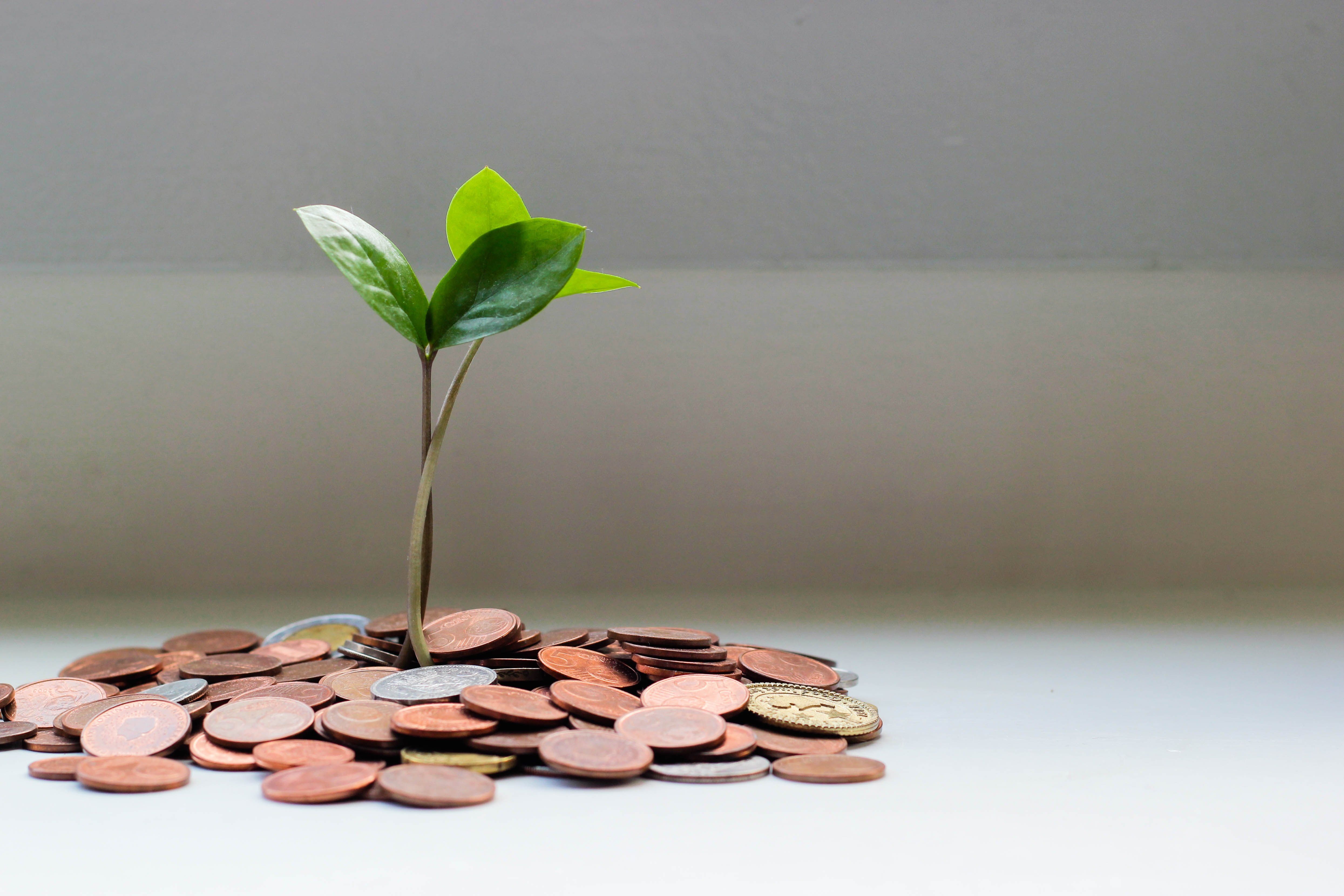Finance

Ad
It seems like the way money is flowing, people are being much wiser with their funds. But saving money is a completely different beast, as it calls for a different type of discipline.
It might be super easy for some to save for a girls' trip or an Hermes bag. But what about tossing money into your savings account for an emergency fund or just to have a cushion?
Life has shown that you don't need it until you do. And unless you're saving, there's a good chance you won't have it. Having a savings account might seem impossible, especially considering student loans, car notes, and other immediate things that take our budget's attention. But there are quite a few ways you can start stacking your savings account now without feeling like your money would be better spent elsewhere.
Set A Goal

Whether you're saving for an emergency fund, a down payment for a home, or any other major life moments, set a goal. That way you not only have something to reach for, but also feel accomplished once you reach your goal. This also takes into account unexpected expenses. Once you do accomplish it, set a higher one and keep stacking. Ultimately, you're never done saving. It's just a matter of how much you have in your account.
Let Your Savings Account Keep the Change
Many banks such as Bank of America offer a Keep the Change feature or something similar that will help boost your savings account without you even missing your money. It simply rounds up the amount you spend to the nearest dollar and automatically puts it in your savings account. For example, if you spend $12.75 on a purchase, .25 will be put in your savings account. The cool thing about this is that you can start competing with yourself. I had a friend who would try to spend as close to the .00 dollar point as possible (i.e. $12.01), so she could have the maximum amount be transferred to her savings account. It's just a little change here and there, but it will definitely add up and make the difference.
Schedule Time To Budget

Setting aside time in your schedule to go over your budget can really feel mundane, especially if you're not a numbers person. But knowing where your money is going can help you stack your savings account even more. Plus, you really won't know how much you can save without doing your budget. And the more often you do it, the less time it will take as you start to get familiar with your spending habits. Once you determine how much you can save each paycheck or each month, set up alerts to transfer the money into your savings.
Automatically Have Money Deposited
Thankfully, most banks require you to have a certain amount in your savings account at all times to avoid being charged a fee. You can take things a step further and have a small amount, like $25, be transferred automatically each month or each pay period. If it's automatic, there's a smaller chance of you actually realizing that it's gone or missing it. Another tip would be to have a percentage of your paycheck be directly deposited into your savings account. That way, each time you get paid, you won't even see a certain amount go into your checking account. This will help you be able to budget without it and create a habit of saving.
Avoid Eating Out
I remember one time I looked at my bank statement and was literally shocked at how much I spent on food. Most of the time it was just a snack here and there or going out for ice cream, but that stuff adds up. Once I started putting more money into groceries and less into eating out, I saved a ton of money. This could be a good move for you if you're looking for ways to start building up your savings account. On those days when you would eat out, put that money into your savings instead, and bring a lunch. If you're going out with a group of people, you could also eat a heavy dinner at home and just get dessert or an appetizer at the restaurant and put what you would have spent in your savings. Just like it added up on my bank statement, it'll add up in your savings account. Side note: Having an entertainment portion in your budget is helpful to avoid spending more money than you want to.
Have A Change Jar
This one definitely determines discipline. But similar to the keep the change suggestion, it works; especially if you tend to carry more cash instead of a debit or credit card. For this tip, you just need to have a jar designated for cash and put all of your change in it at the end of the day. If you really want to get aggressive with savings, add your $1, $5, or even $10 bills that you have in your wallet (or in your car) at the end of the day to see a bigger impact over a shorter amount of time.
Featured image by Micheile Henderson on Unsplash
From Your Site Articles
- 4 Ways I’ll Continue To Save Money Post-Quarantine - xoNecole: Women's Interest, Love, Wellness, Beauty ›
- How To Start A Budget - xoNecole: Women's Interest, Love, Wellness, Beauty ›
- Smart Life Hacks To Save Money And Enjoy Life - xoNecole: Women's Interest, Love, Wellness, Beauty ›
Related Articles Around the Web
- 14 Hacks That Will Save You a Ton of Money ›
- 7 Money Saving Life Hacks You Should Know - YouTube ›
- 81 MoneySaving Life Hacks - Money Saving Expert ›
- 21 Money-Saving Life Hacks That Totally Work ›
- 30+ Money Saving Life Hacks - The Practical Saver ›
- 15 Totally Genius Money Saving Hacks That Will Blow Your Mind ... ›
- How To Build Savings: 15 Awesome Money Saving Hacks | Busy ... ›
- 7 kick-ass savings hacks that will make you RICHER in 2018 ›
- My 25 Favorite Money-Saving 'Life Hacks' - The Simple Dollar ›
- 35 Life Hacks That Will Save You Thousands | HuffPost ›
ALSO ON XONECOLE


